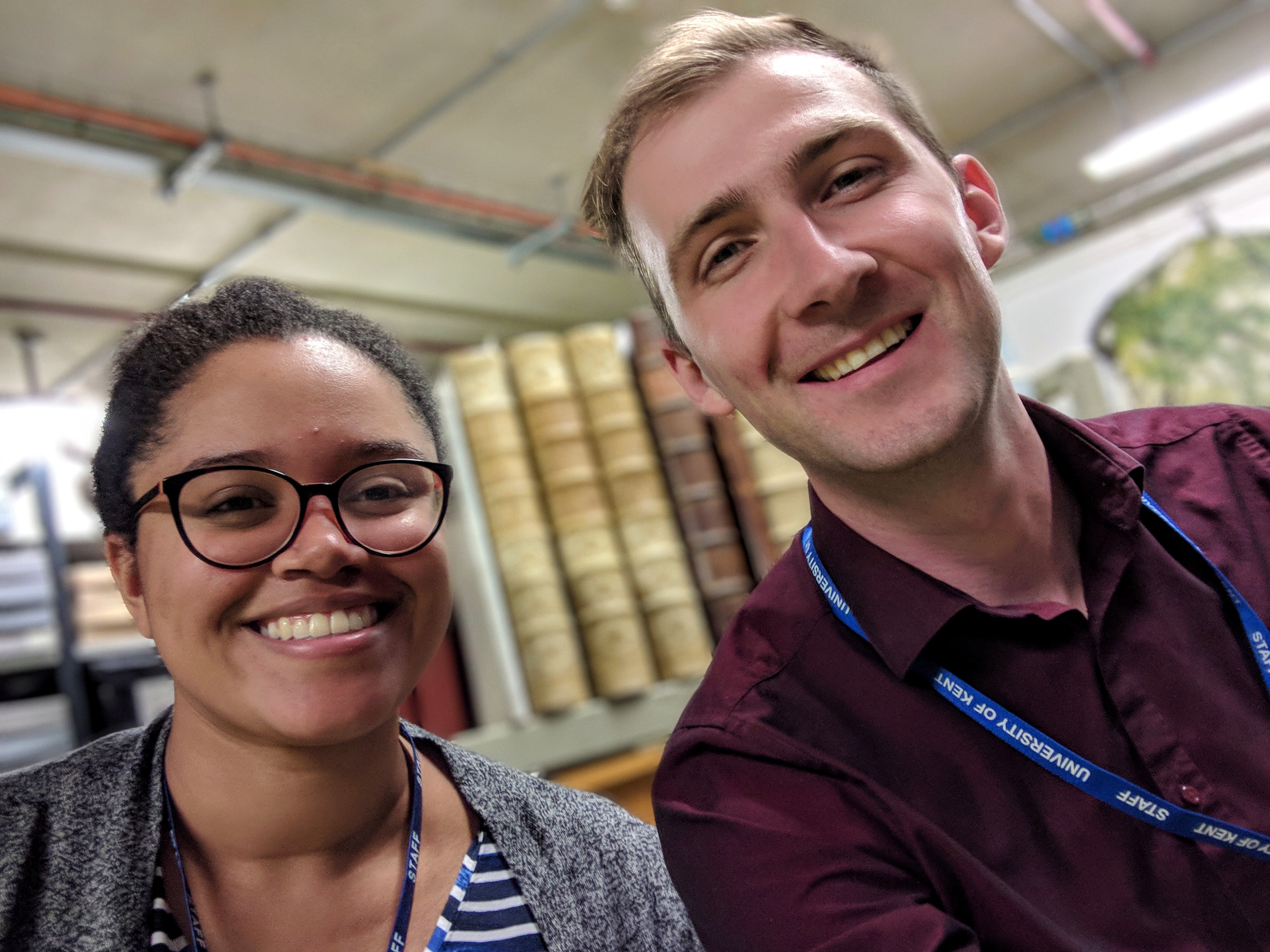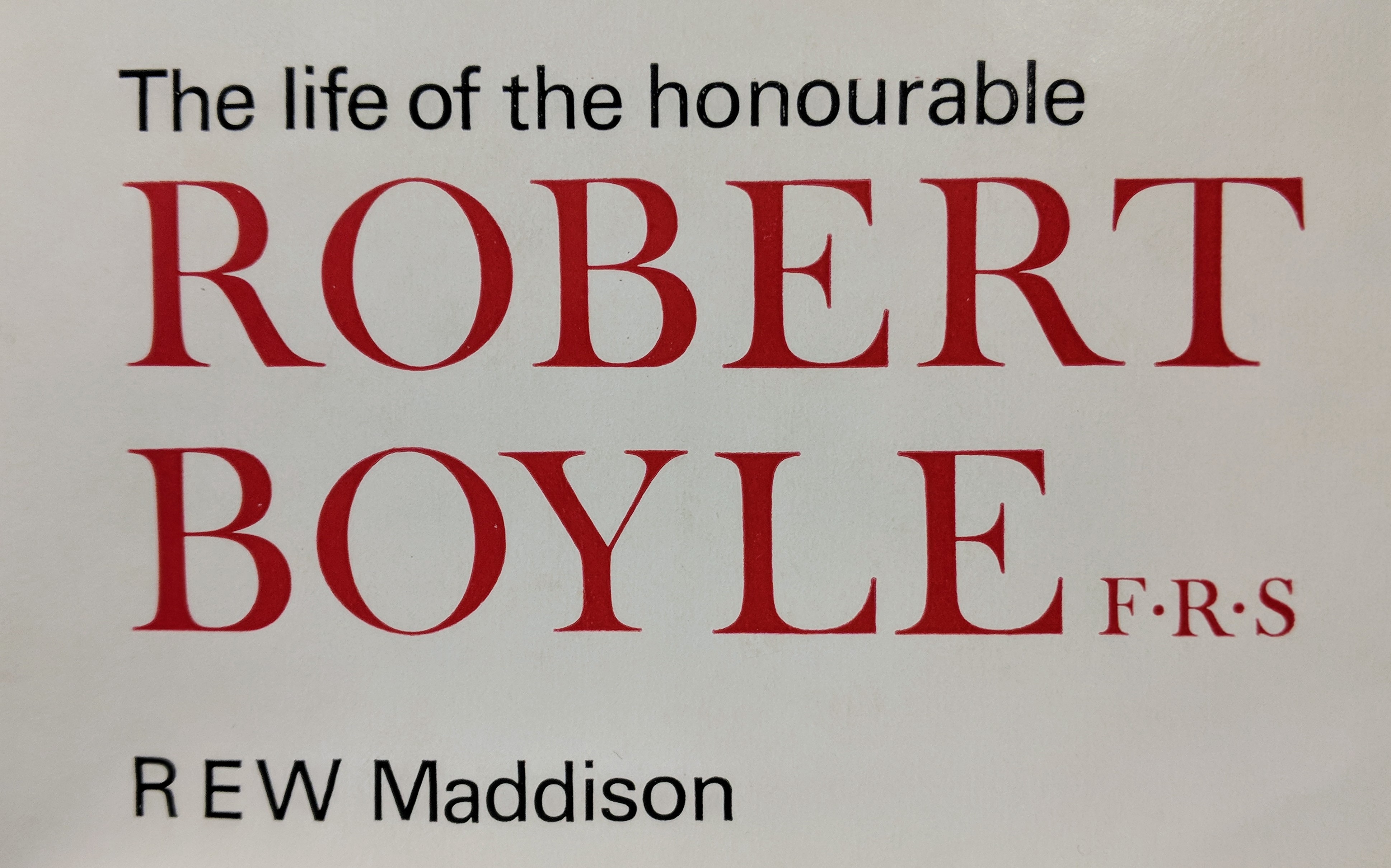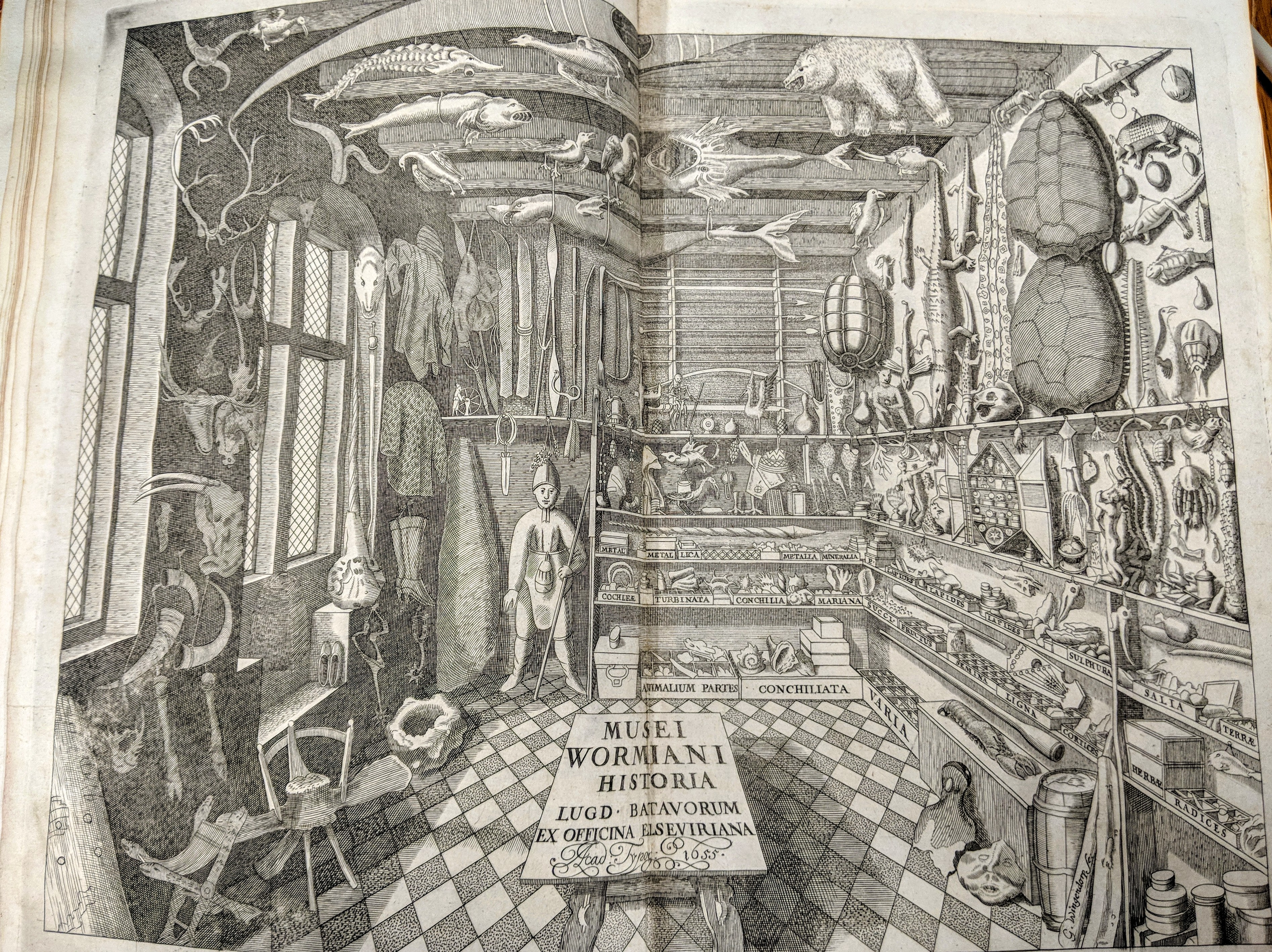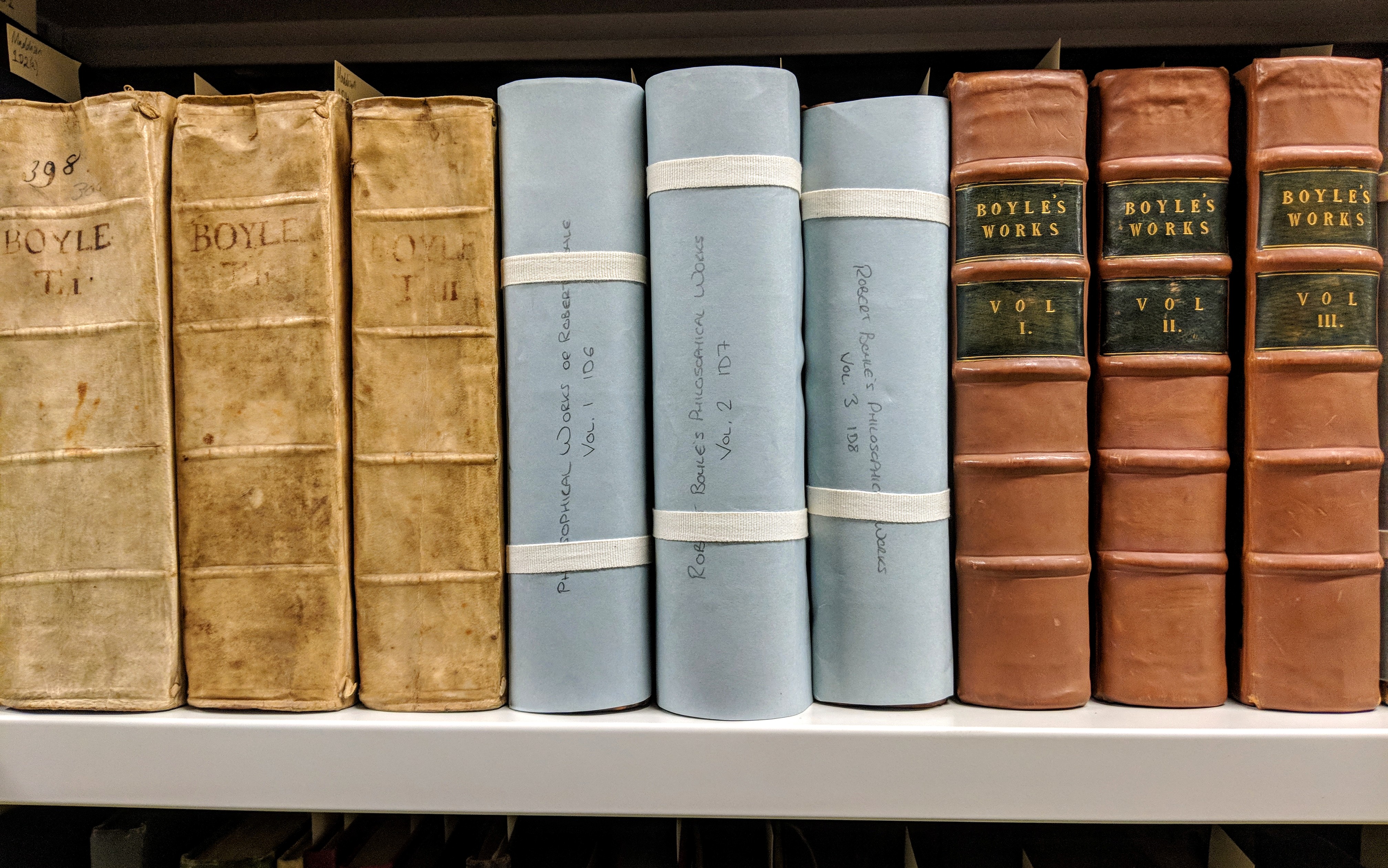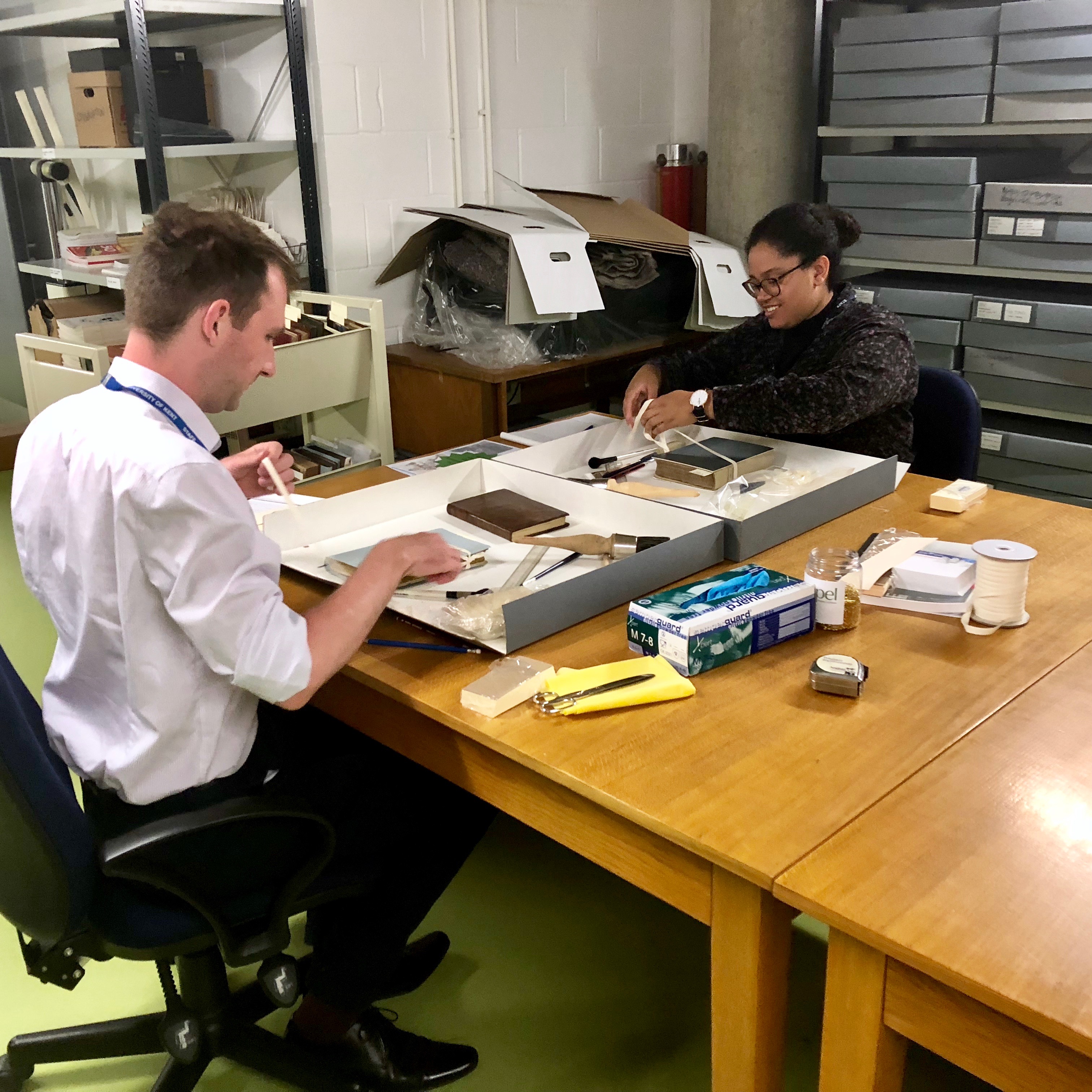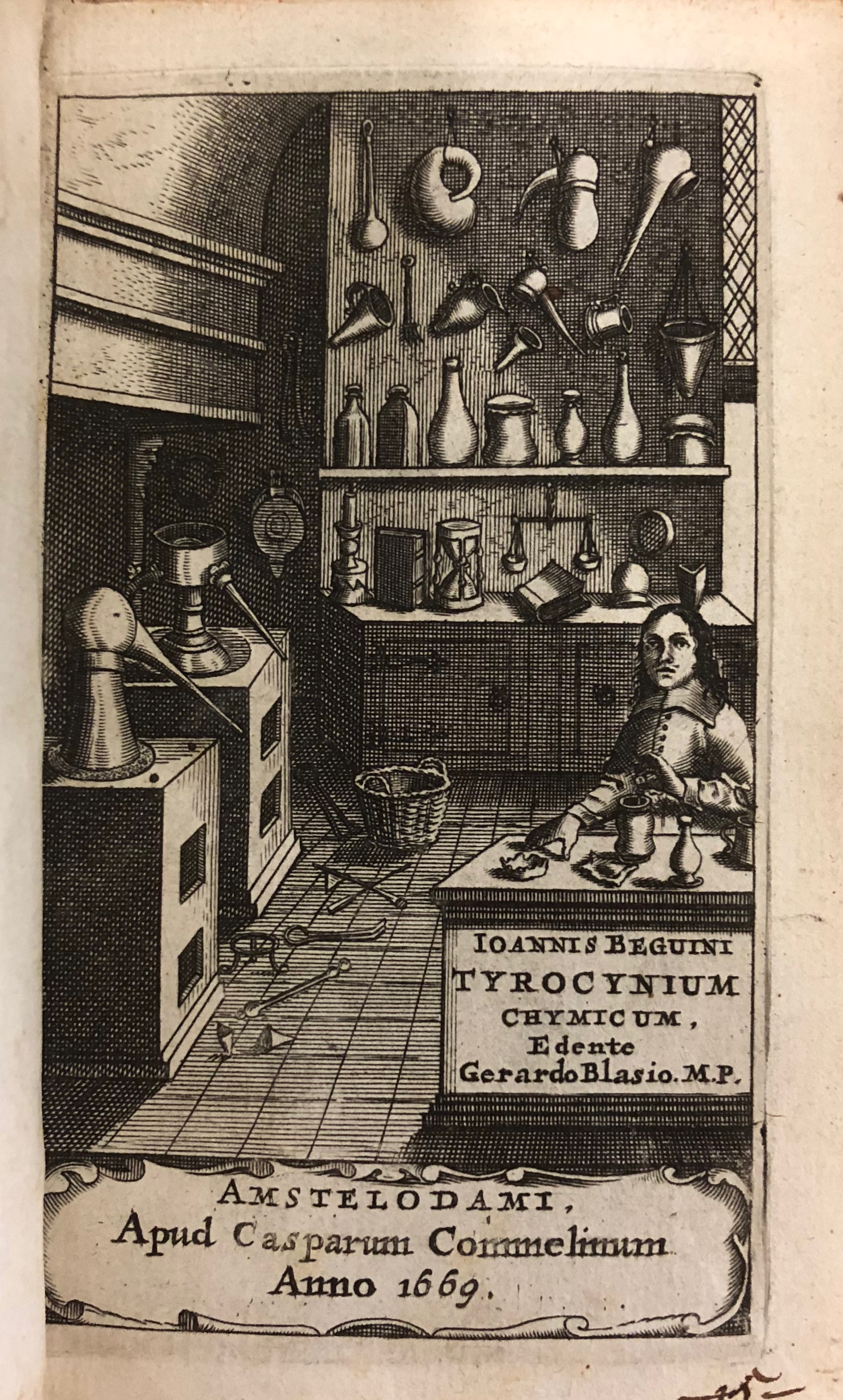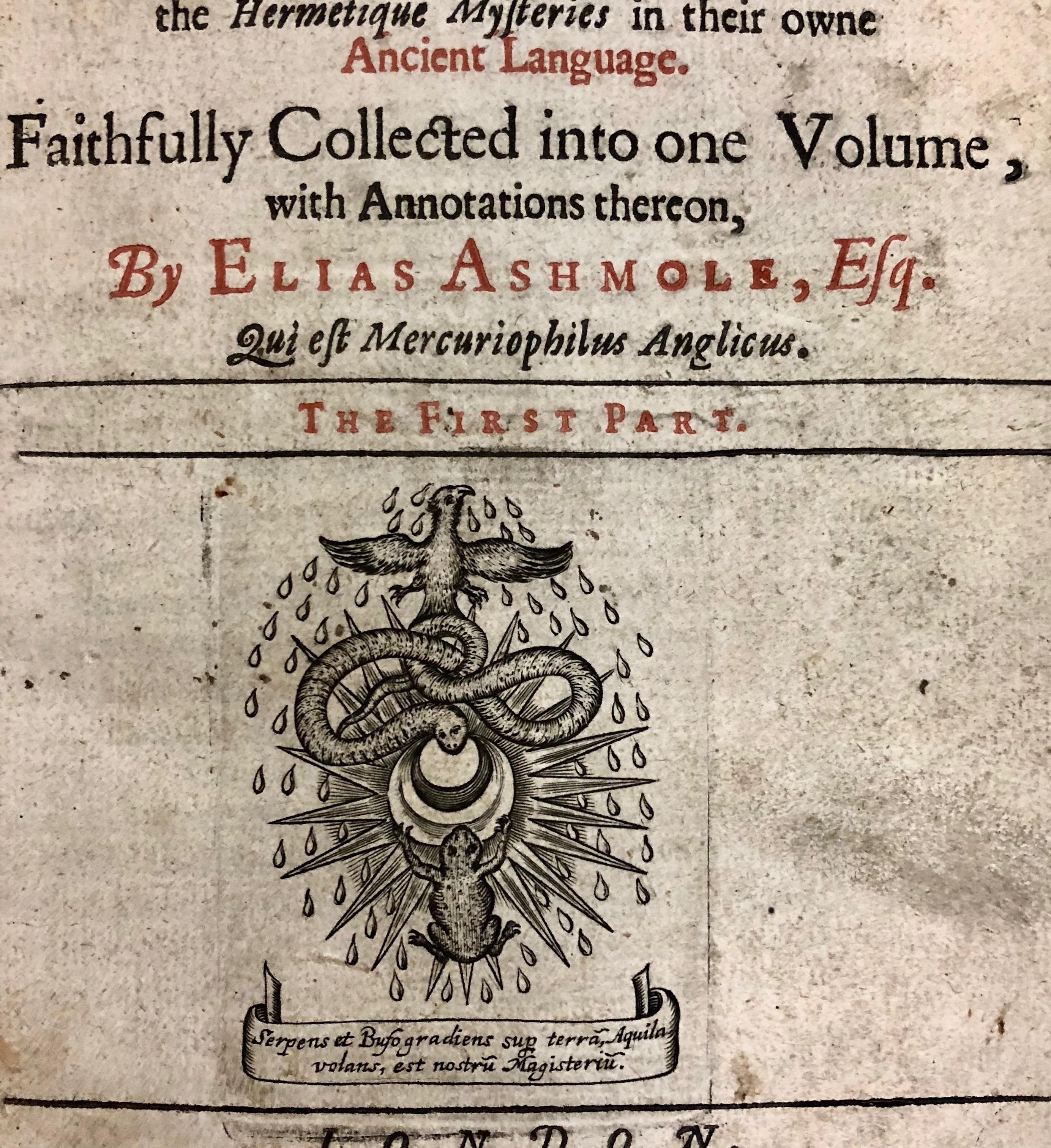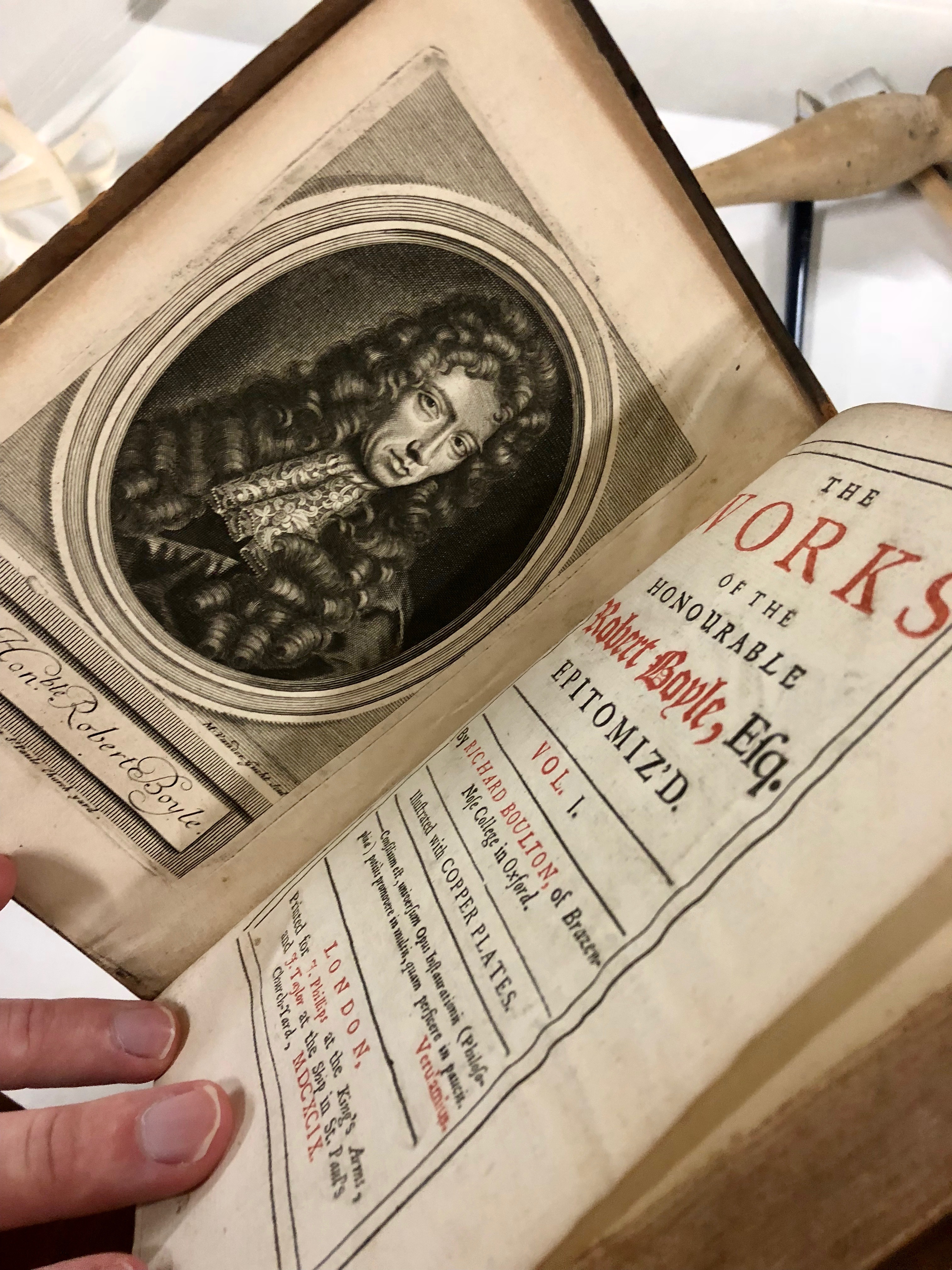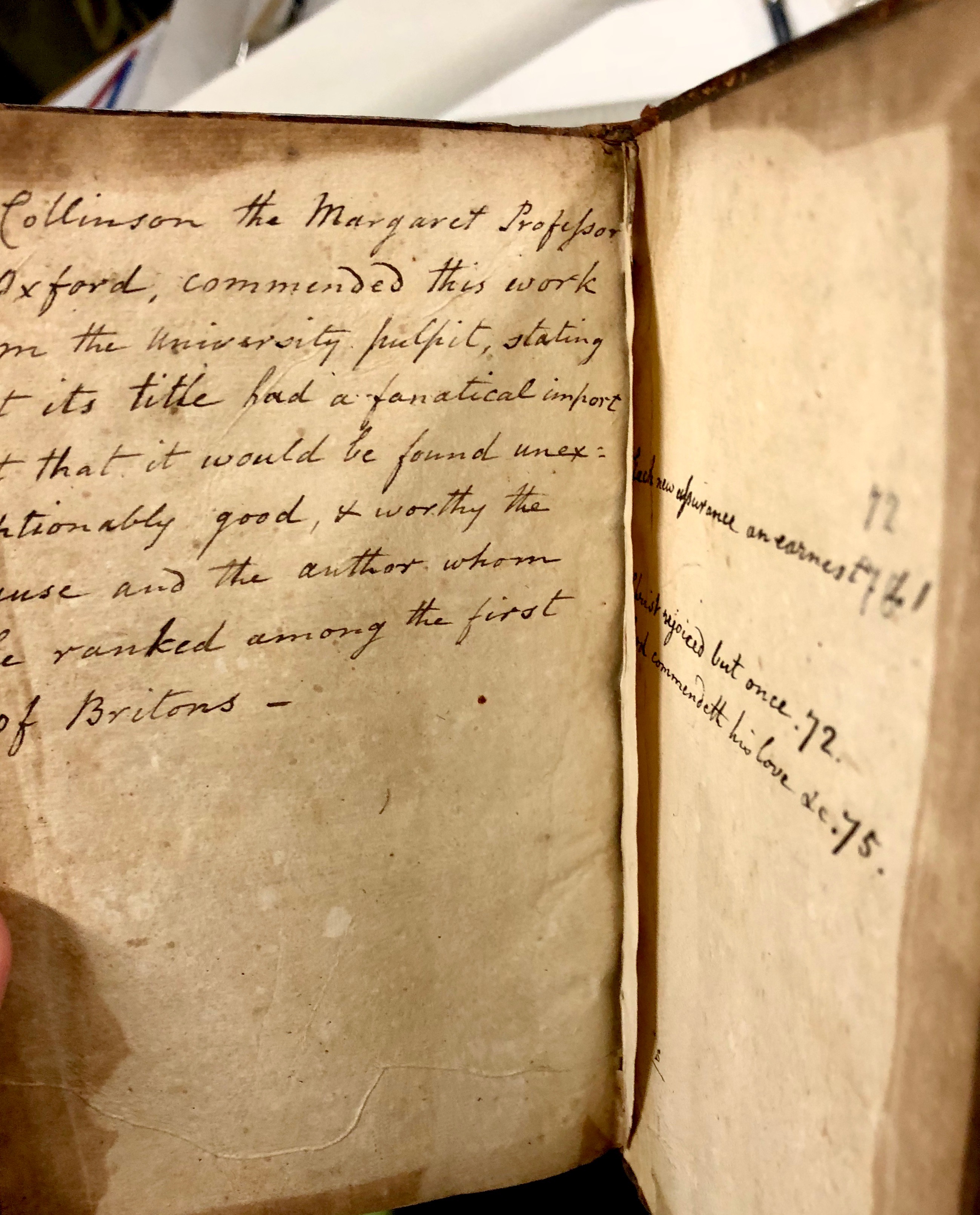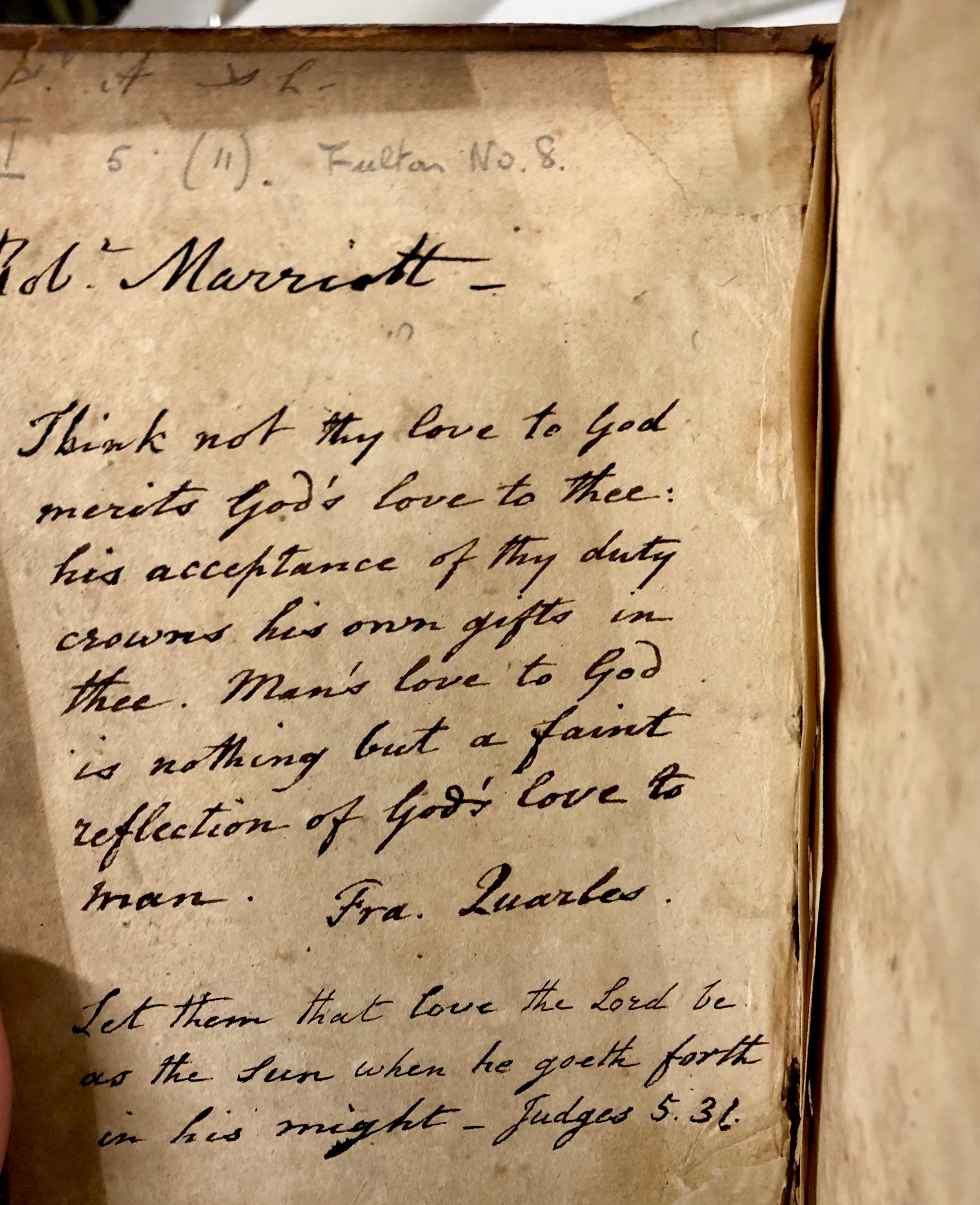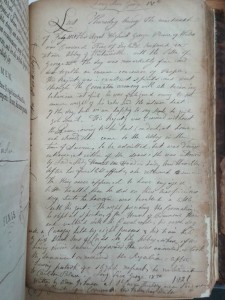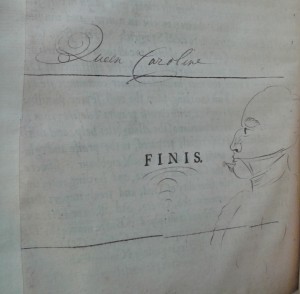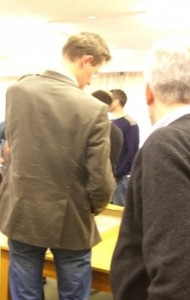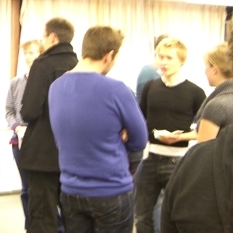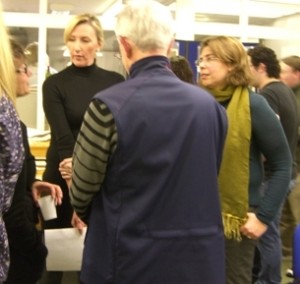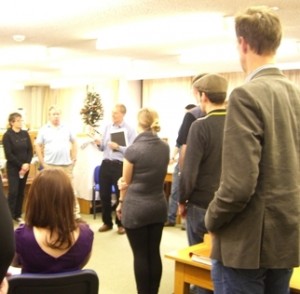Are you ready for more 17th-18th century adventures in our Maddison Collection? Let’s get stuck in!
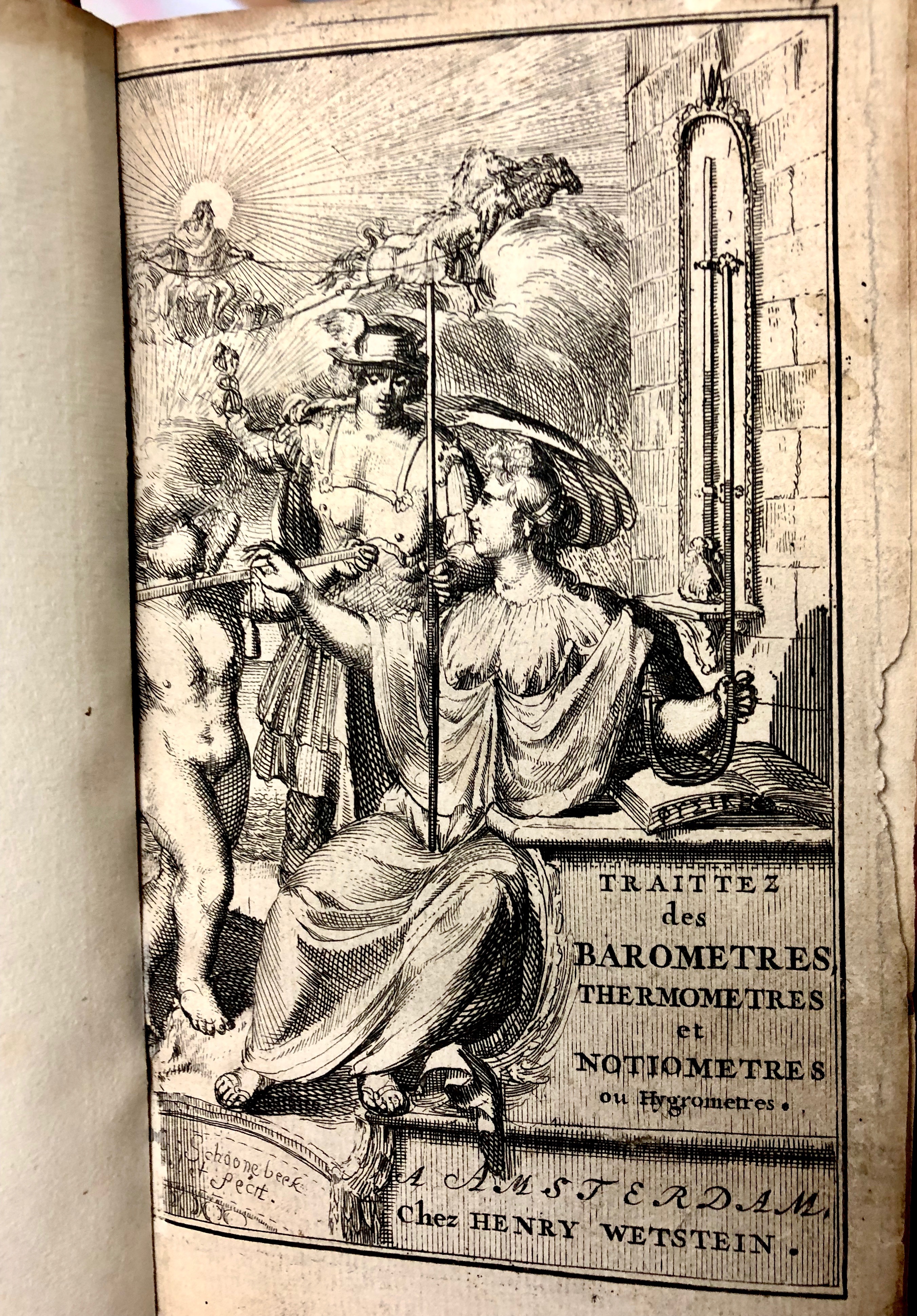
Illustration from ‘Traittez des baromètres, thermomètres, et notiomètres : ou hygromètres’ by Joachim d’Alence, 1688, Amsterdam. (Maddison Collection 2A5, F10456500)
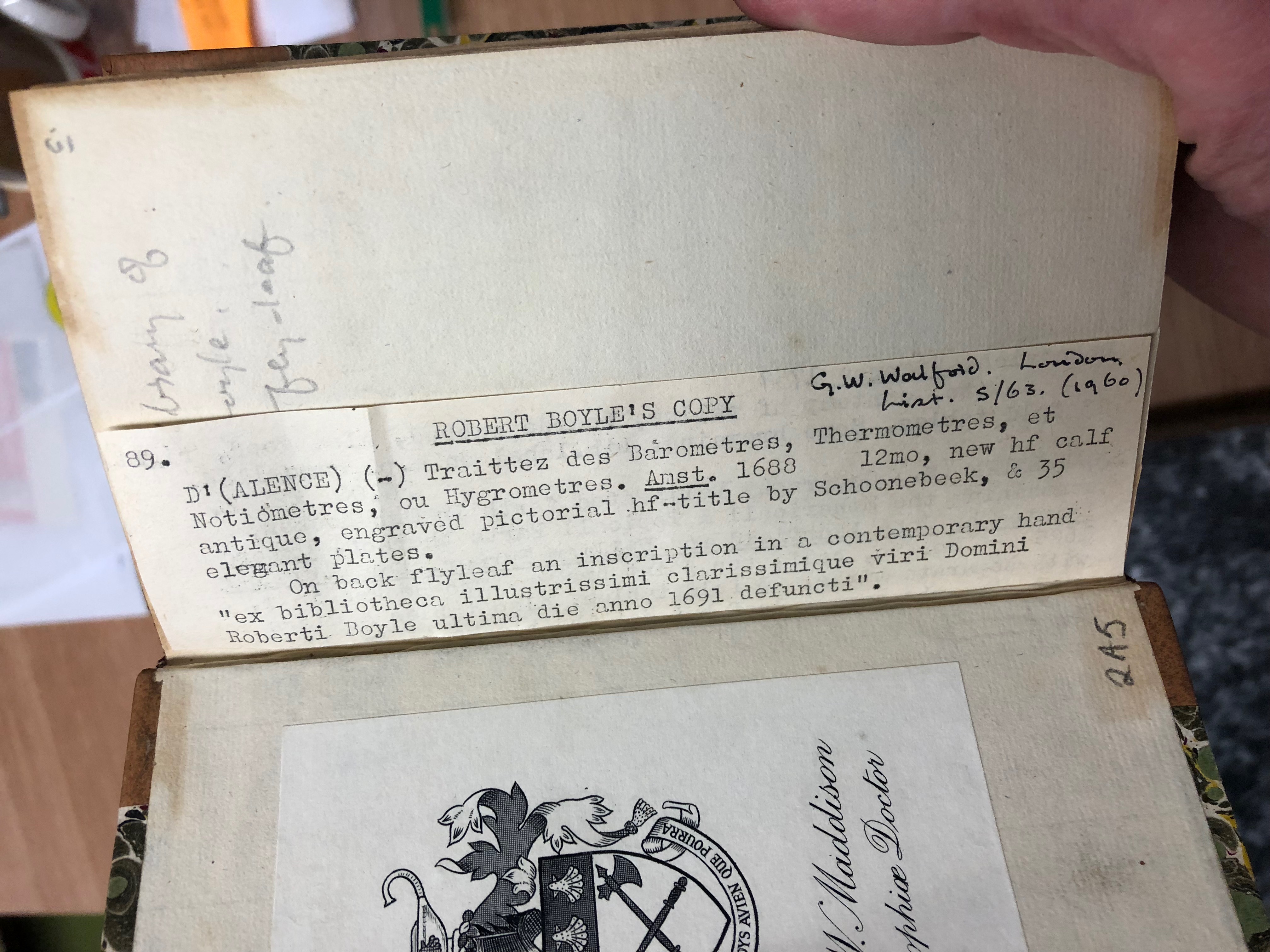
Typescript note stating that Robert Boyle owned this book! ‘Traittez des baromètres, thermomètres, et notiomètres : ou hygromètres’ by Joachim d’Alence, 1688, Amsterdam. (Maddison Collection 2A5, F10456500)
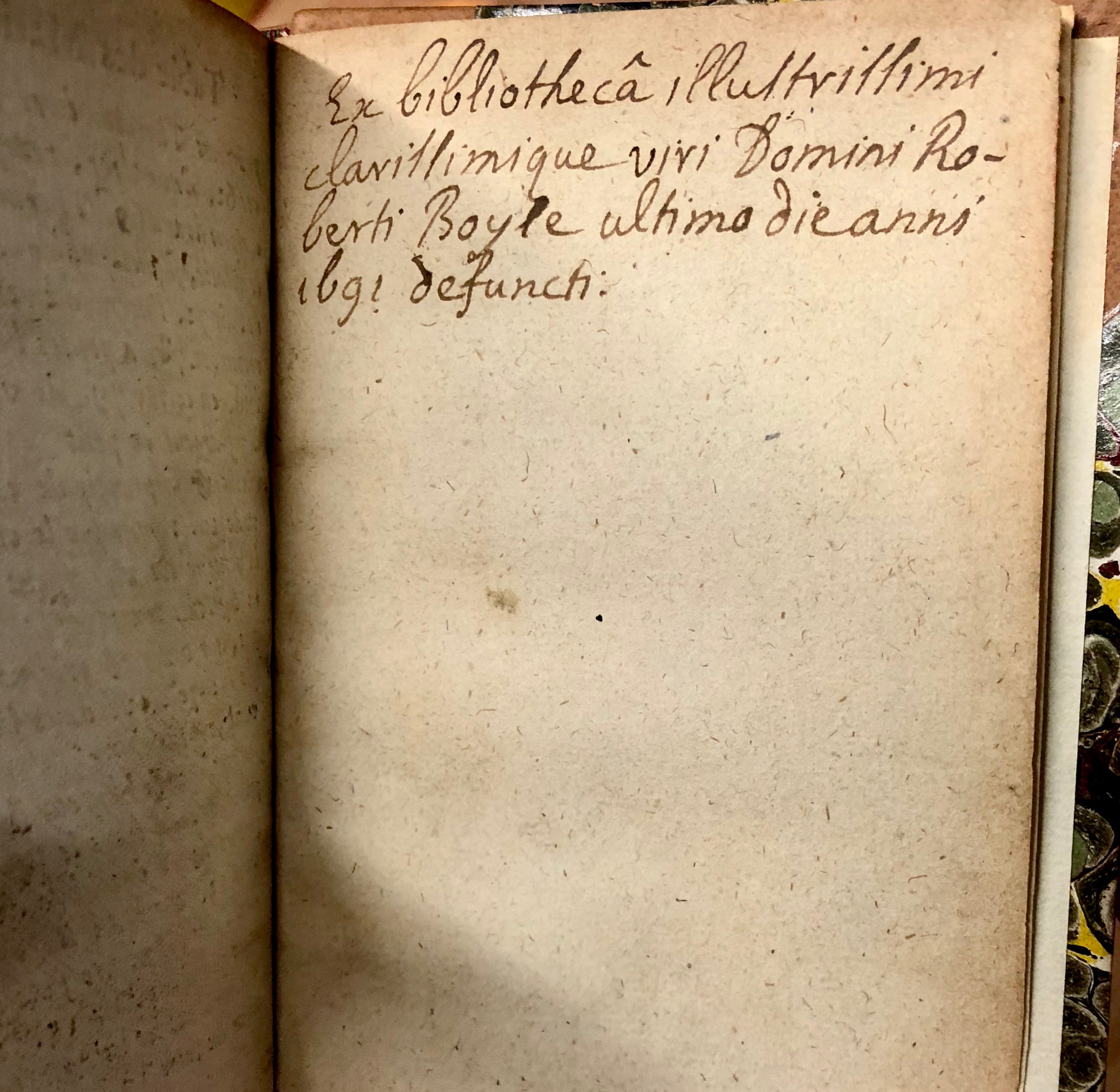
Manuscript note confirming that Robert Boyle owned this book! ‘Traittez des baromètres, thermomètres, et notiomètres : ou hygromètres’ by Joachim d’Alence, 1688, Amsterdam. (Maddison Collection 2A5, F10456500)

Title page for ‘Chimia : in artis formam redacta ubi praeter methodum addiscendi … chimicas facilimam, disquisitio curata de … praeparatione, auri potabilis instituitur’ by Zacharias Brendel, 1671, Leiden. (Maddison Collection 2A16, F10466900)
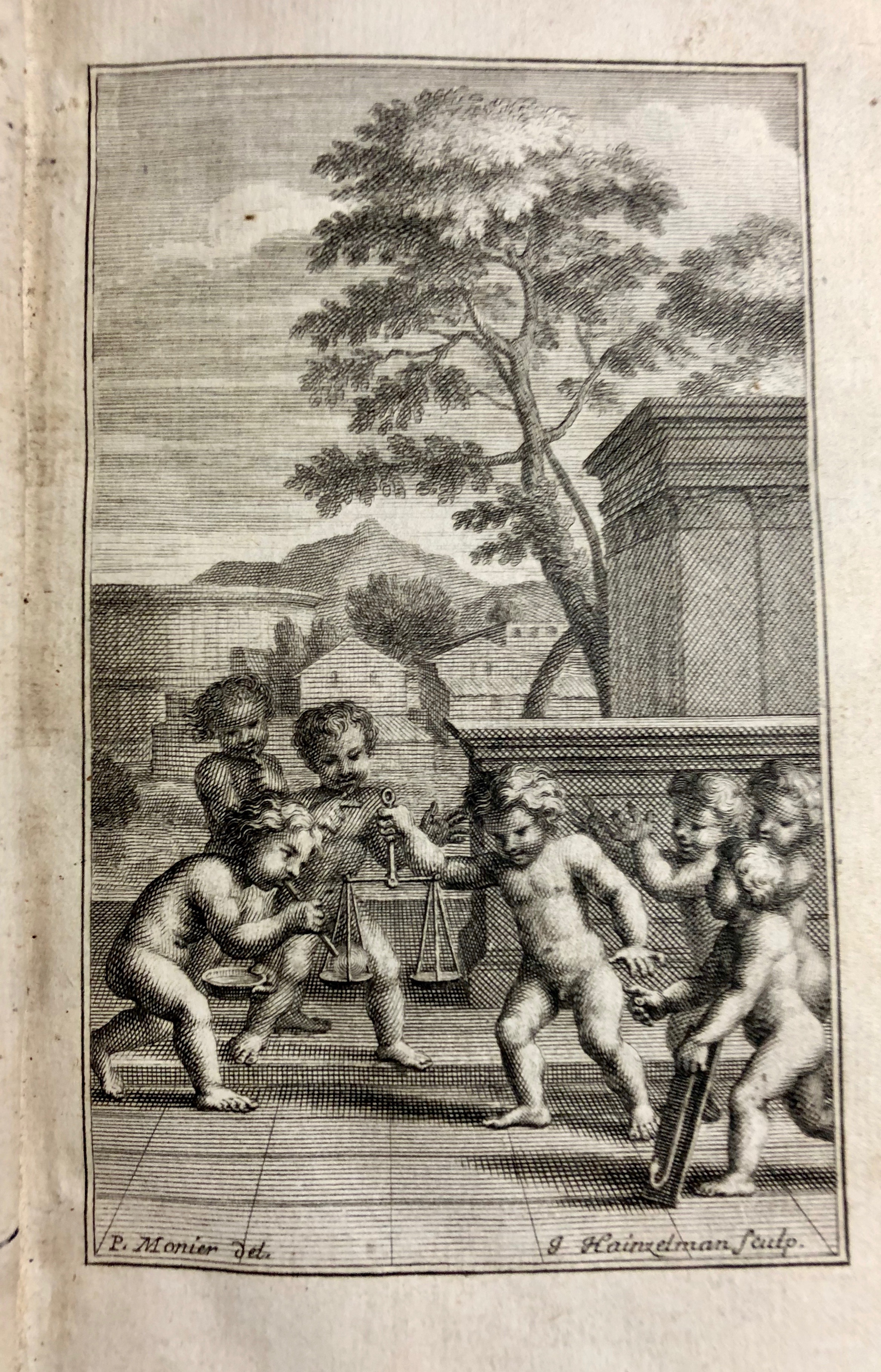
Illustration from ‘Chimia : in artis formam redacta ubi praeter methodum addiscendi … chimicas facilimam, disquisitio curata de … praeparatione, auri potabilis instituitur’ by Zacharias Brendel, 1671, Leiden. (Maddison Collection 2A16, F10466900)
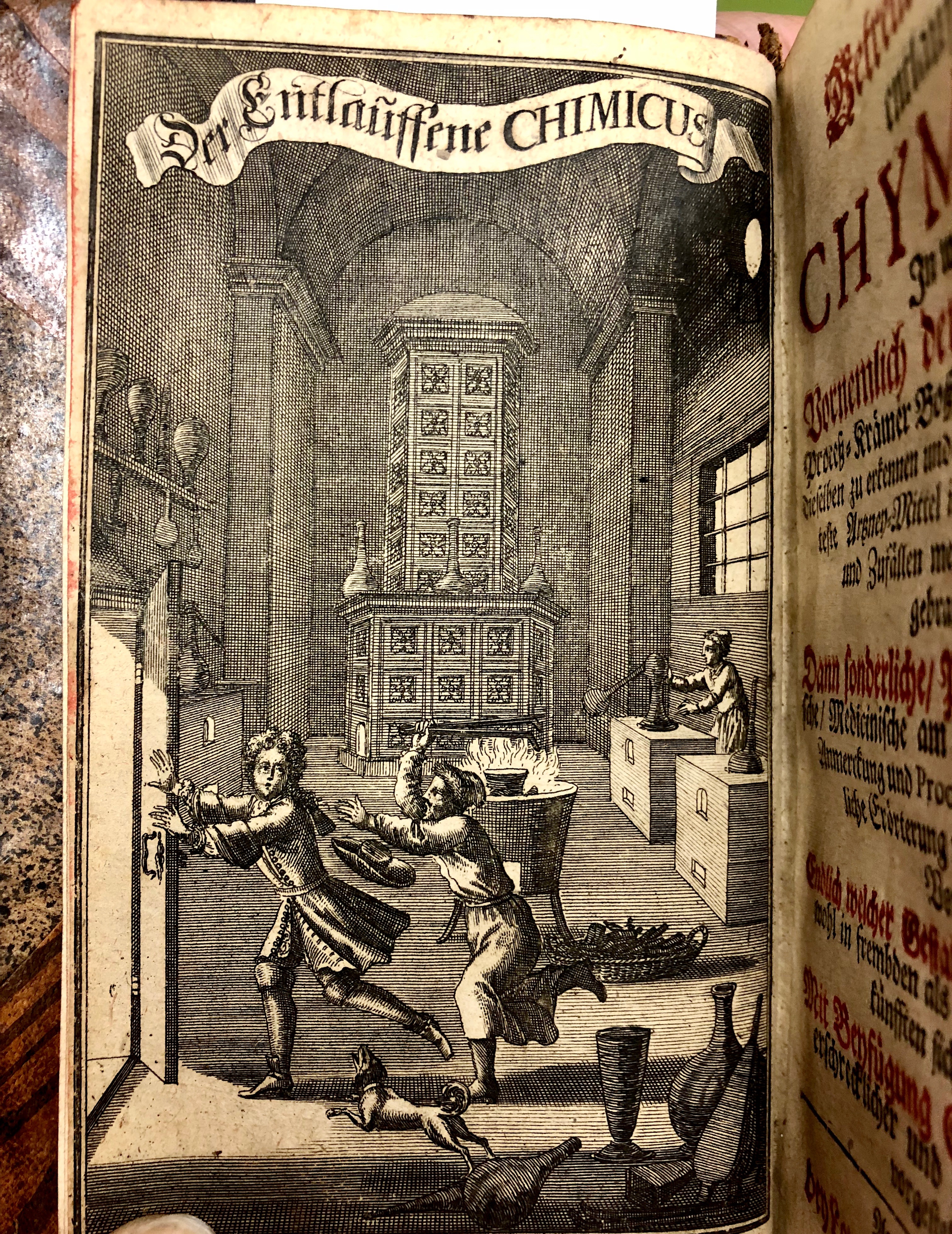
Illustration from ‘Des getreuen Eckharts entlauffener Chymicus : … der Laboranten und Process-Krämer Bossheit und Betrügerey …’ by Johann Christoph Ettner, 1697, Augsberg and Leipzig. (Maddison Collection 2A24, F10610300)

Diagram from ‘The art of distillation : or, a treatise of the choicest spagiricall preparations … furnaces & vessels … experiments and curiosities …anatomy of gold and silver’ by John French, 1653, London. (Maddison Collection 2A25, F10505800)

Diagram from ‘The art of distillation : or, a treatise of the choicest spagiricall preparations … furnaces & vessels … experiments and curiosities …anatomy of gold and silver’ by John French, 1653, London. (Maddison Collection 2A25, F10505800)

Diagram from ‘The art of distillation : or, a treatise of the choicest spagiricall preparations … furnaces & vessels … experiments and curiosities …anatomy of gold and silver’ by John French, 1653, London. (Maddison Collection 2A25, F10505800)
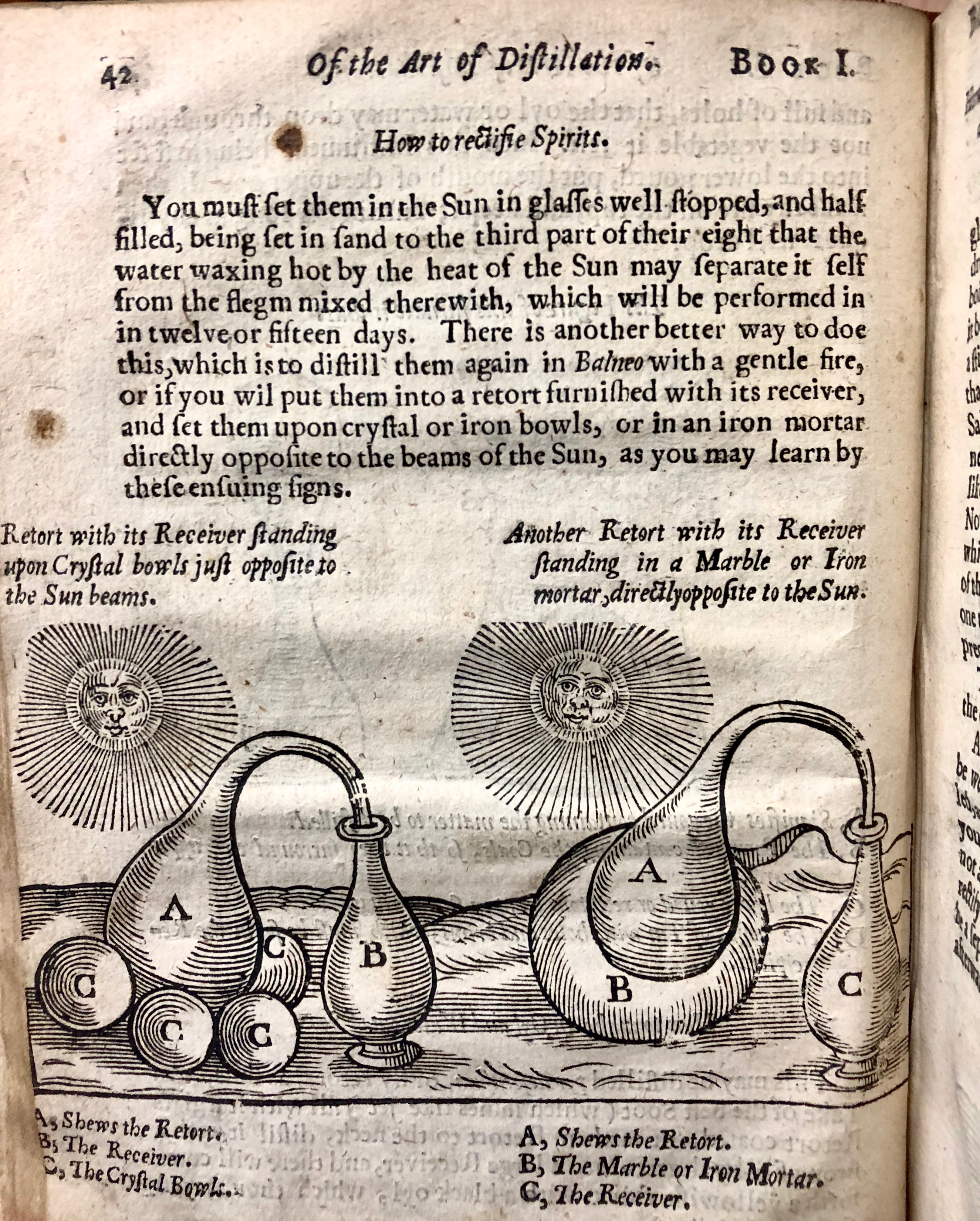
Diagram from ‘The art of distillation : or, a treatise of the choicest spagiricall preparations … furnaces & vessels … experiments and curiosities …anatomy of gold and silver’ by John French, 1653, London. (Maddison Collection 2A25, F10505800)
Like what you see here? Books from the Maddison Collection can be requested through LibrarySearch (for internal University of Kent members only) or by contacting us (for everyone).
This blog post is part three of an ongoing summer series exploring our Maddison Collection; more in depth posts will be coming soon. See here for part one and here for part two!

